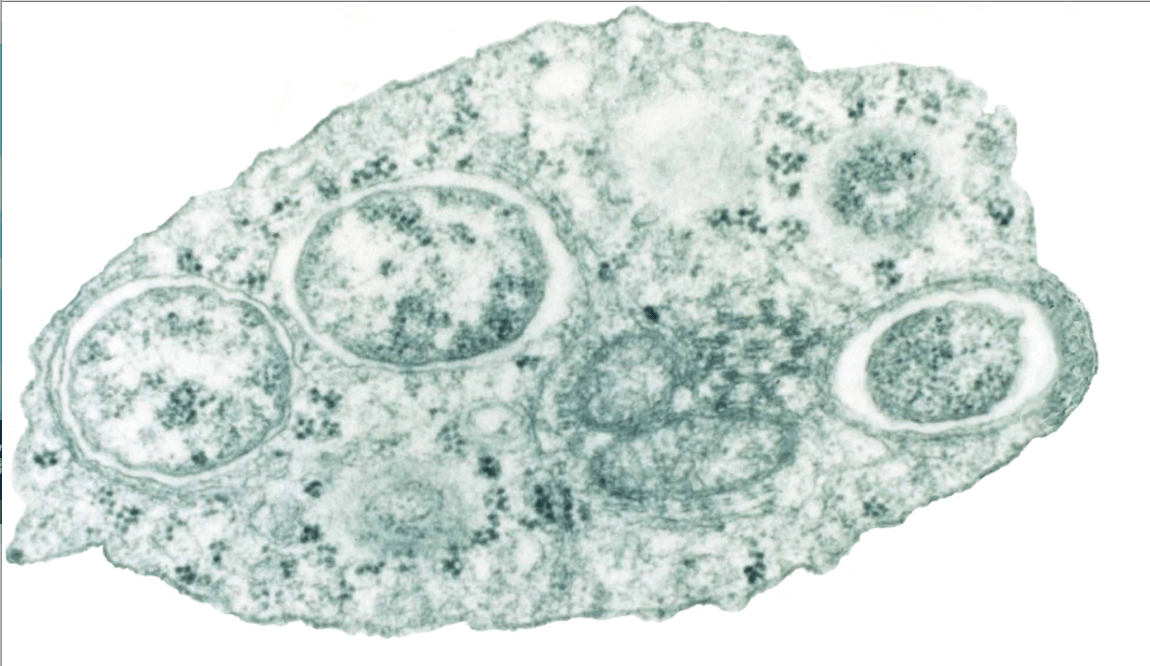May 06, 2016

Dengue fever, like other mosquito-borne viral diseases, poses an intractable public health challenge. With the geographic expansion of dengue virus and its primary vector, the Aedes aegypti mosquito, over 40 percent of the world’s population lives in areas at risk of disease transmission [1,2]. In the absence of available drugs with which to treat infected patients, disease management relies exclusively on prevention.
Sanofi Pasteur, a pharmaceutical company, released the world’s first commercially available dengue vaccine late last year [1]. While the WHO Strategic Advisory Group of Experts will publish an official policy paper on the vaccine in July, last month the group recommended it for programmatic use in highly endemic areas [3]. It nonetheless remains to be seen whether the vaccine will be a game-changer in the fight against dengue, given a less than ideal efficacy that seems to vary with age, infection history, type of infecting dengue virus (there are four strains) and disease severity [4].
In light of these limitations, vector control continues to assume a primary role in alleviating the burden of dengue fever [4,5]. The approach, which traditionally entails spraying insecticides, eliminating mosquito breeding habitats and minimizing risk exposure through behavioral modification, targets Ae. aegypti as a means of blocking dengue transmission [5]. Yet uncontrolled urbanization, alongside the emergence of insecticide resistance, has undermined the effectiveness of these tactics [2,6]. Unplanned urban areas that lack waste management and water services, for example, provide a multiplicity of larval habitats that may thwart efforts to disrupt mosquito propagation [2,6]. The inability of conventional vector strategies to curb the growing dengue epidemic has thus renewed interest in novel approaches to vector control [6,7].
Enter Wolbachia, a type of bacterium that makes a home in fruit flies, moths, butterflies, and other insect species [8]. Although Wolbachia is not found in wild Ae. aegypti, the bacterium can be injected into mosquito embryos in a lab. Previous research has demonstrated that infection of Ae. aegypti with certain Wolbachia strains affects the mosquito’s capacity to transmit dengue, acting to almost immunize Ae. aegypti against the virus [9]. Other quirks of Wolbachia biology provide a means by which to introduce and spread the bacterium through wild populations of the mosquito species. Importantly, Wolbachia is maternally inherited in mosquitoes, passed along from mother to offspring. As Wolbachia-infected Ae. aegypti mate with wild Ae. aegypti, a second unrelated Wolbachia-mediated effect on its mosquito host drives its spread throughout the host population, enabling the replacement of dengue-susceptible Wolbachia-uninfected mosquitoes with their dengue-resistant Wolbachia-infected counterparts [10].
The Eliminate Dengue project has carried out a number of studies that have explored a potential role for Wolbachia in dengue control efforts. Check out the project’s 3-minute educational video, which articulately overviews the hows and whys of the Wolbachia strategy. In two field trials in Australia, one particular Wolbachia strain, wMel, successfully invaded wild Ae. aeypti populations following sustained releases of wMel-infected mosquitoes over a 10-week period. Five weeks following the last release, Wolbachia frequencies had reached almost 100 percent in wild populations at both locations [10], an effect that has persisted over time and demonstrates the sustainability of the method [11]. Trials currently underway in Brazil, Colombia, Indonesia, Vietnam, and Australia seek to assess its viability in the kinds of large urban areas where Ae. aegypti mosquitoes flourish [8]. Collected data will also provide a basis for comparison with the other more contentious novel form of vector control, which aims for mosquito population reduction through the release of genetically modified Ae. aegypti [7].
Future studies will need to quantify the extent to which the Wolbachia approach hinders dengue transmission in real world settings in order to validate its effectiveness. Initial field trials nonetheless indicate the promise of using the bacterium as a biological tool in the fight against dengue. Given that Ae. aegypti also transmits the Zika, chikungunya, and the yellow fever viruses, a more nuanced understanding of Wolbachia, its effects on its mosquito host, and its persistence in mosquito populations over space and time can shape efforts to control mosquito-mediated transmission of other diseases of public health significance.
Anjali Merchant is a Research Analyst at CDDEP.
Works cited:
1. WHO. Dengue. Immunization, Vaccines Biol. (2015).
2. Gubler DJ. Dengue, Urbanization and Globalization: The Unholy Trinity of the 21(st) Century. Trop. Med. Health. 39(4 Suppl), 3–11 (2011).
3. Strategic Advisory Group of Experts on Immunization. Summary of the April 2016 meeting of the Strategic Advisory Group of Experts on immunization (SAGE) [Internet]. Geneva Available from: http://www.who.int/immunization/sage/meetings/2016/april/SAGE_April_2016_Meeting_Web_summary.pdf?ua=1.
4. WHO. Questions and Answers on Dengue Vaccines. Immunization, Vaccines Biol. .
5. WHO. Dengue: guidelines for diagnosis, treatment, prevention, and control. WHO Press, Geneva, Switzerland.
6. WHO. Mosquito control: can it stop Zika at source? [Internet]. Emergencies. (2016). Available from: http://www.who.int/emergencies/zika-virus/articles/mosquito-control/en/.
7. Pollack A. New Weapon to Fight Zika: The Mosquito [Internet]. New York Times. (2016). Available from: http://www.nytimes.com/2016/01/31/business/new-weapon-to-fight-zika-the-mosquito.html?_r=1.
8. Eliminate Dengue. Our Research [Internet]. Available from: http://www.eliminatedengue.com/our-research.
9. O’Neill S. How a Tiny Bacterium Called Wolbachia Could Defeat Dengue [Internet]. Sci. Am. (2015). Available from: http://www.scientificamerican.com/article/how-a-tiny-bacterium-called-wolbachia-could-defeat-dengue/.
10. Hoffmann AA, Montgomery BL, Popovici J, et al. Successful establishment of Wolbachia in Aedes populations to suppress dengue transmission. Nature [Internet]. 476(7361), 454–457 (2011). Available from: http://dx.doi.org/10.1038/nature10356.
11. Hoffmann AA, Iturbe-Ormaetxe I, Callahan AG, et al. Stability of the wMel Wolbachia Infection following Invasion into Aedes aegypti Populations. PLoS Negl. Trop. Dis. 8(9) (2014).











